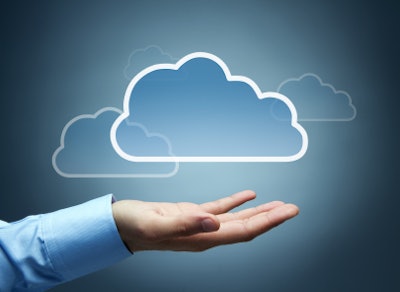
Cloud-based ERP has been around for more than a decade. Yet, many distributors are still relying on aged, on-premise systems. That’s understandable. Removing an existing system and installing new ERP can be expensive and disruptive. But there’s a catch. The cost of not doing anything can be far more expensive and the internal disruption caused by launching a new ERP project pales in comparison to the disruption already going on in the industry that companies running on cloud-based systems are having a hard time adjusting to.
Take for example some of the risks of sticking with existing systems. For many wholesale distributors, upgrades are just not possible. Customizations would need to be rebuilt and tested and the upheaval of an upgrade would be just as bad as completely replacing it, in some cases worse. That means the business is not getting the latest functionality available and stuck in what is often referred to as “version lock.” Alternatively, once a business moves to the cloud it gets automatic upgrades several times per year and customizations automatically carry forward.
Moreover, many of those older on-premise systems have been around so long, the customizations were built by IT staff that are no longer with the company or will soon be moving on. That leaves their successors combing through old custom code or the business dependent on third party support.
However, the missed opportunity costs may be an even greater risk. Think about all the changes sweeping through manufacturing and wholesale distribution. Manufacturers are going direct to consumer via ecommerce. Wholesale distributors face huge competitive threats from Amazon Supply and Google. Meanwhile, the Internet is opening up opportunities abroad with new customers, distribution partners and manufacturers. That demands multiple language and currency support built in and sophisticated ecommerce capabilities. It also introduces new complexities with logistics, supply chain and inventory.
Companies with systems that can’t quickly scale and adapt to the modern pace of business will quickly fall behind. Cloud ERP isn’t just about addressing a company’s existing challenges and needs, but those they’ll face five, 10 years in the future.
A good test of any ERP system is the ease of customization and the partner network that surrounds it. No system is going to meet all the needs of a specific business out of the box, so a rich ecosystem of partners is vital to making sure all processes and eventualities are covered.























